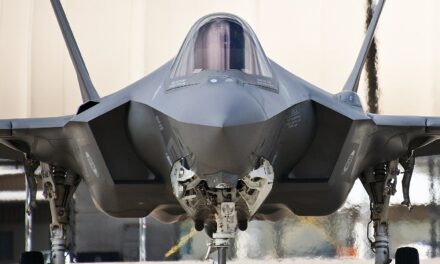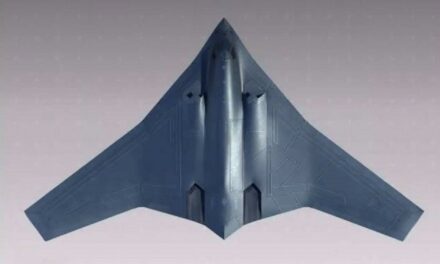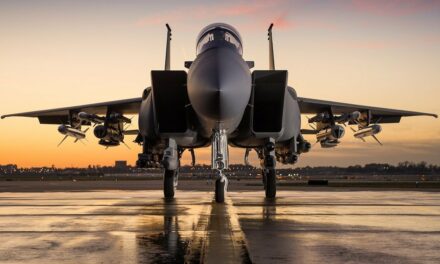We support our Publishers and Content Creators. You can view this story on their website by CLICKING HERE.
Key Points: The Admiral Nakhimov, a Kirov-class battlecruiser, symbolizes Russia’s attempt to revive its navy’s credibility following high-profile losses during the Ukraine war, including the sinking of the Moskva.
-Under repair since 1999, this nuclear-powered Cold War relic has been modernized with advanced missile systems like Kalibr, Oniks, and Zircon.
-However, its age, operational challenges, and outdated nuclear reactors limit its utility.
-Likely suited for Arctic patrols rather than long-range missions or decisive contributions in the Black Sea, the Nakhimov’s refurbishment reflects Russia’s desperation for naval relevance rather than a practical modernization of its fleet.
A Kirov-Class Comeback for the Russian Navy?
The Russian navy has taken its lumps during the war in Ukraine. Enemy drones and anti-ship missiles have taken out numerous warships belonging to the Black Sea fleet. The vaunted Moskva flagship was sunk early in the war and Vladimir Putin was furious and embarrassed. Now, the Russian navy thinks it has a trick up its sleeve. It is bringing out the Kirov-class battlecruiser to maximize firepower and to deliver a show of force. The Admiral Nakhimov, the third Kirov-class dreadnought under repair since 1999, is entering sea trials to make sure the world knows that the Russian navy is still relevant and battleworthy.
It Has Been In Repair Mode for Decades
The Admiral Nakhimov was called the Kalinin during the Cold War. In 2013, the Russians decided to modernize the heavy-duty ship and make it into a 21st century missile cruiser. The Admiral Nakhimov, interestingly, is nuclear-powered and this could enable it to steam up to the Arctic Ocean and enforce Russian territorial claims in that region. It could also sail to the Mediterranean, not to mention the Black Sea, where it could launch its missiles at targets in Ukraine.
Russian Navy Kirov-Class Battlecruiser.
It Can Be Armed to the Teeth With Modern Missiles
Indeed, the Admiral Nahkimov is chock full of Kalibr, Oniks, and Zircon missiles with a newfangled firing system. These munitions could bring doom to the Ukrainians if the battlecruiser is deployed to the Black Sea and if the Nakhimov (and that’s a big if) makes it back to full-time service. The Russians are known for bragging about their ships and then not delivering on promises.
This fall the Nahkimov completed tests of the main nuclear power plant while docked and the next hurdle for the rest of the year and into 2025 will be sea trials to see if the reactors can handle propelling the ship. The Nahkimov used to come equipped with the older Granit anti-ship missiles.
Only Good Enough for Artic Patrols and That’s Best Case Scenario
However, this vessel is old. It was laid down in 1983 and put to sea with the Northern Fleet in 1988. That’s why I believe it is more likely to sail with the Northern Fleet again to steam to the Arctic for patrols there.
The Nahkimov displaces 25,860 tons and is an impressive 820 feet long. The two nuclear reactors put out 140,000 horsepower and a respectable speed of 32 knots. It must be re-supplied every 60 days. There is a crew of 762 sailors.
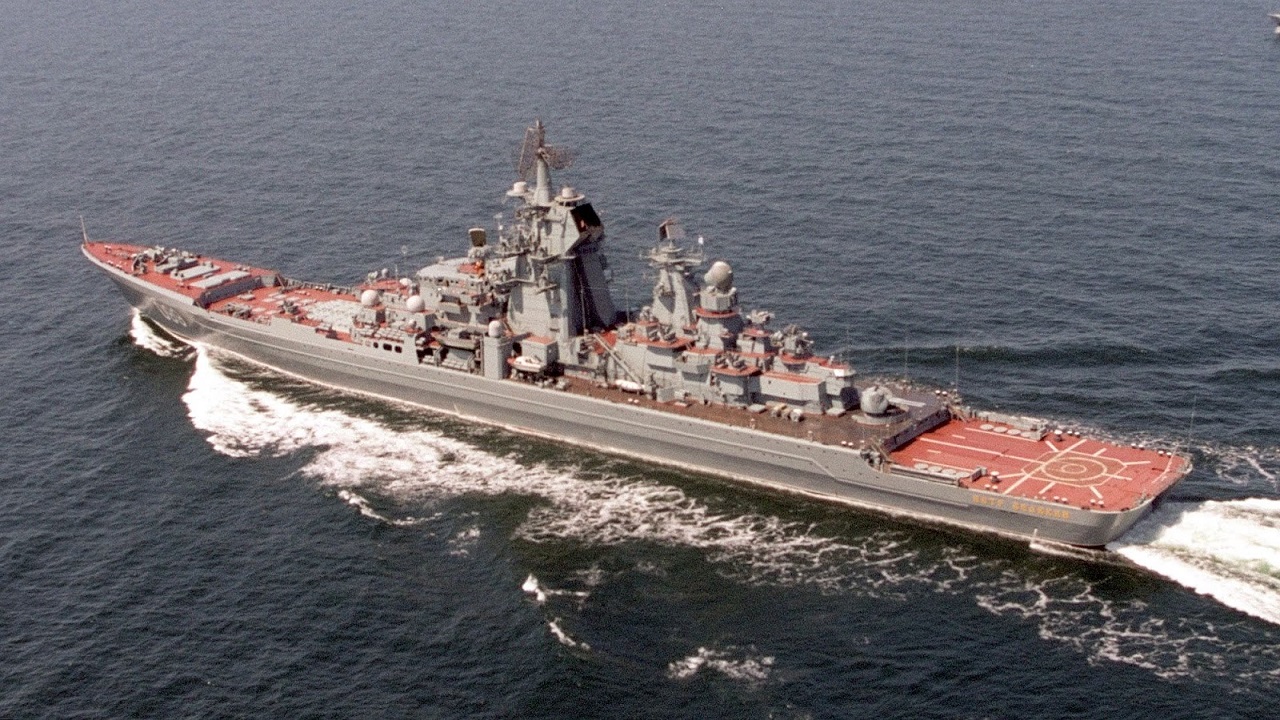
Kirov-Class battlecruiser. Image Credit: Creative Commons.
For protection and survivability, the Nahkimov has short-range Pantsir anti-aircraft missiles. There are also longer-range surface-to-air missiles.
It Could Bring the Noise During the Cold War
The Nahkimov was quite impressive during the 1980s and 1990s. According to ArmyRecognition.com, there were “two AK-130 130mm naval guns, six 3M87 Kortik 30 mm anti-aircraft guns, two PTA-53 torpedo launchers, 10 RBU-12000, and 12 RBU-1000 anti-submarine systems. It also housed three helicopters: the Ka-27PL, Ka-29, and Ka-31.”
You got all that? I mean, this ship put the “battle” in cruiser. It was definitely made to protect the Homeland during the Cold War, make long-distance patrols, locate and fight off submarines, protect aircraft carriers, and handle long-range shelling against land targets.
Is It Still Ready for Prime Time?
But what does it bring to the table in 2024 and 2025? The Arctic option is a good one. Serving in the Black Sea could help the overall fight on shore, but it really won’t make a large difference on land and help turn the tide of the war decisively.
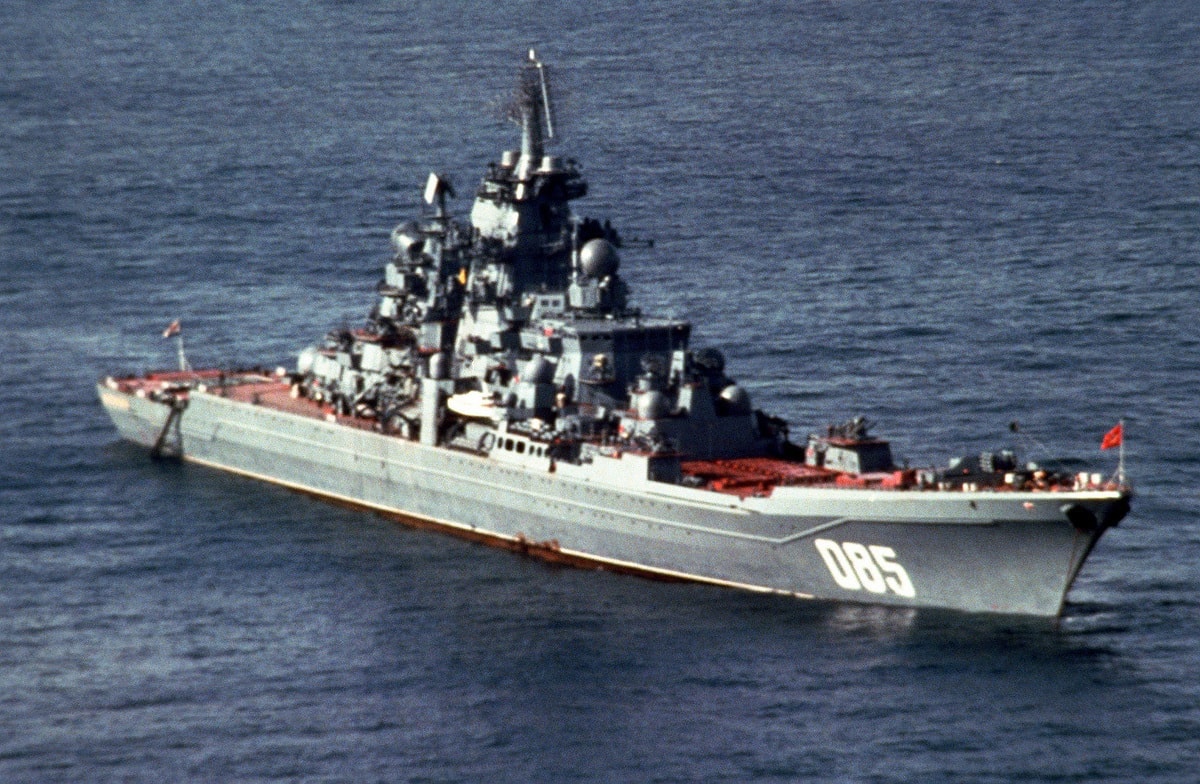
A starboard bow view of the Soviet Kirov class nuclear-powered guided missile cruiser KALININ.
The Admiral Nahkimov re-furbishment shows the Russian navy is desperate for firepower, but this ship is really just a show of force and is evidence the Vladimir Putin is still mad about the poor performance of the navy during this war.
The Nahkimov is a Cold War relic and outfitting it with modern missiles doesn’t make it fully modernized. Those reactors are old. It could pass the current round of sea trials, but it may just break down during active service and have to head back to drydock for repairs.
I see it no more than an effort to protect the Homeland not as a long-range naval asset. The best use case would be for Arctic patrols, but it would need re-supply before completing those missions and the Russian navy is not known for long-range logistics. I don’t see the Admiral Nahkimov as a ship that is worth sending back out to sea for lengthy periods.
About the Author: Dr. Brent M. Eastwood
Brent M. Eastwood, PhD is the author of Don’t Turn Your Back On the World: A Conservative Foreign Policy and Humans, Machines, and Data: Future Trends in Warfare plus two other books. Brent was the founder and CEO of a tech firm that predicted world events using artificial intelligence. He served as a legislative fellow for U.S. Senator Tim Scott and advised the senator on defense and foreign policy issues. He has taught at American University, George Washington University, and George Mason University. Brent is a former U.S. Army Infantry officer. He can be followed on X @BMEastwood.

 Conservative
Conservative  Search
Search Trending
Trending Current News
Current News 
